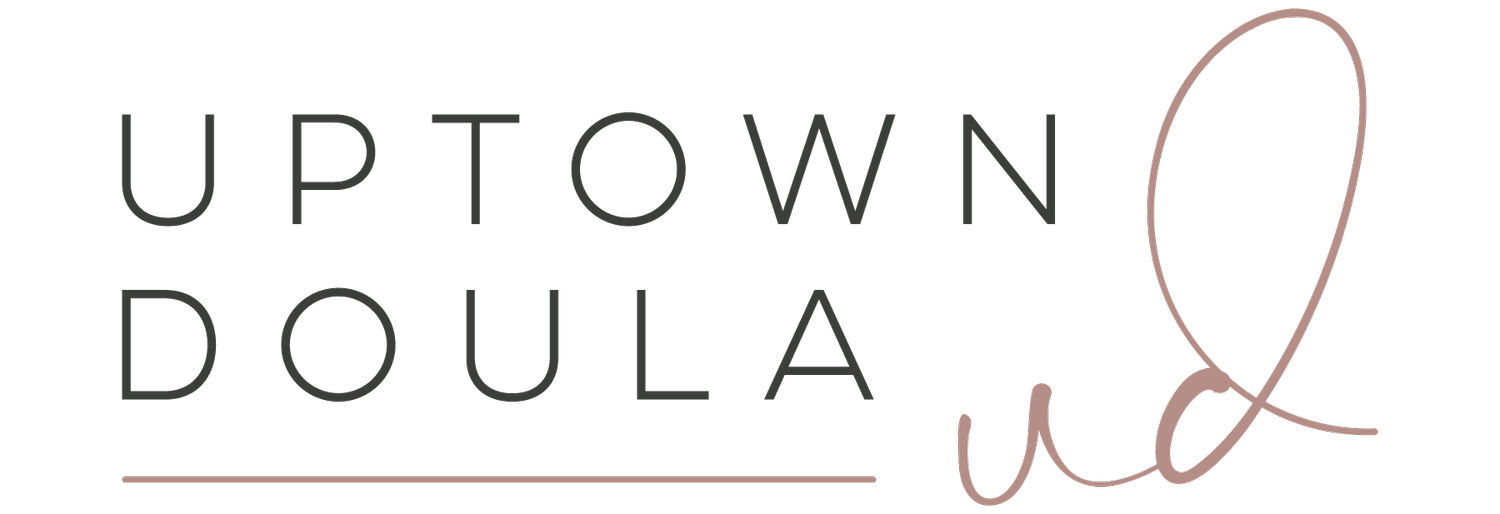Having gone through many postpartum experiences with the families who hire us for labor support and postpartum support, we have identified some pretty important people. They are The Friends. The front line for emotional security when you are trying to figure out what life looks like with a baby in it.
These friends could be individuals, or maybe one friend checks off a couple of these boxes. But however they appear, these folks are saints, and we love them for their contributions to healing postpartum families.
The Hold My Baby Friend
This is a friend that leaves you feeling relieved to have someone you trust to hold your baby. They don't make a big deal out doing it. They look genuinely pleased to take up the task. And the kicker, they aren't offended if you want your baby back. The Hold My Baby Friend is a person who understands that you may need a break to do things like go to the bathroom, or lift your arms above your head. This friend puts you to ease when they are holding your baby, instead of putting you on edge. They are magical.
The Meme Friend
This is a friend to delivers on your need for a 45-second break. There is nothing like a well-timed meme-delivery when a new parent is on the edge of losing it. A laugh, guffaw, or smirk also helps break up the sometimes-overwhelming reality of always thinking about a newborn. Just a quick 45-second vacation can sometimes turn around your whole day to know you are not alone.
The Friend Who Feeds You
It's really incredible that, often after having a baby, new parents are not good at feeding themselves. Especially if that parent is breastfeeding. The Friend Who Feeds You can look like a lot of things: It could be the person organizing a meal train; the person who stops by to literally only hand you food through the door and leave; or the person who, when they come over, somehow turns what you have into a meal and makes sure you put some of it in your mouth before they leave. The Friend Who Feeds You may even trick you into eating, saying they need a bite to eat, then makes enough for you to nibble right along through the whole visit without ever pressuring you into doing anything.
The Check-In Friend
We love the Check-in Friend, and the Check-in Friend loves you. This friend is a great listener and great at asking questions. They affirm as they are listening, saying things like, "That sounds hard, I'm so glad you shared that with me." The Check-in Friend genuinely cares about your body and your mind through this, and ideally, makes you feel safe sharing with them. They can ask about struggles, joys, surprising moments, and the raw emotion of the experience. They want to know. It is not a hardship for them to help carry the weight of this new lifestyle with you.
For all these friends and others who help fill the gaps, we salute them all! They share in loving your kiddo and ride through the precious moments of parenthood with you. We are not capable or intended to parent inside a bubble, but to share the ups and downs together. Don't be afraid to ask for help. And don't be scared to accept the help these loving friends are happy to offer!






